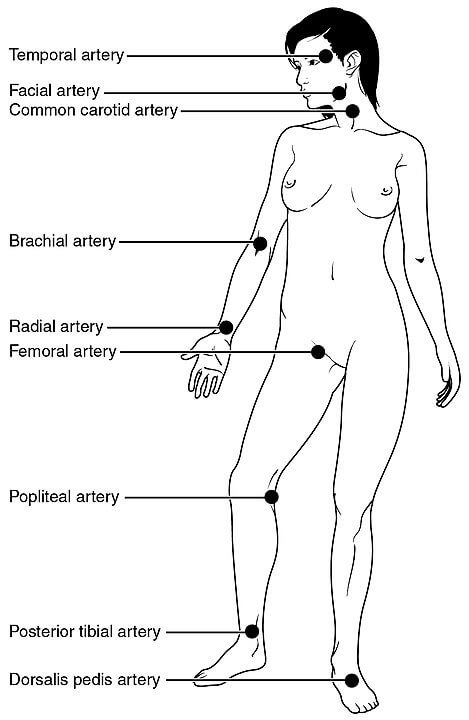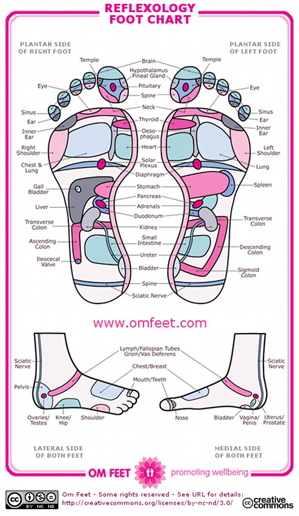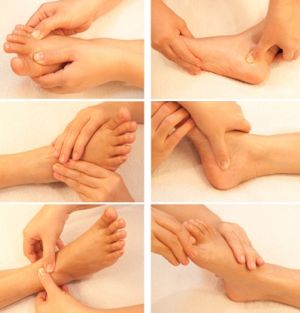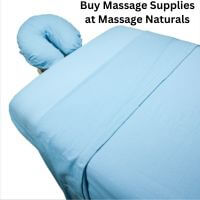- Home
- Western Massage
- Reflexology
As an affiliate for Bookshop, Amazon, and other programs, I may earn a small commission for products purchased through links. This doesn't affect the price you pay. Privacy policy and disclosures.
Search this site:
What Is Foot Reflexology?
Foot reflexology and foot massage are not the same thing. So, what is foot reflexology?
- Definition
- Reflex Zones
- Benefits
- Does It Work?
- Essential Oils and Reflexology
- Seeing a Reflexologist
- Reflexology Books and Foot Charts
What Is Foot Reflexology?
Massage works with soft tissue (muscles, tendons, ligament, and fascia).
Reflexology applies pressure to specific reflex points/zones to affect the
entire body. Although you will see the term "reflexology massage," it's
technically inaccurate.
Reflexology is a healing technique grounded in the belief your hands, feet, and ears have reflex points that affect corresponding parts of the body. Pressure applied to these reflex zones can release tension, improve blood circulation, and promote the optimal functioning of related areas of your body.
What's a Reflex Zone?
A reflex zone is an area of your body that can affect other areas of your body.
The concept of reflex zones developed out of the Zone Theory promoted by Dr. William H. Fitzgerald, MD, in the early 1900s. Fitzgerald found that applying specific pressure to certain areas of the body, which he called zones, could relieve pain and promote healing in other areas of the body.
In the 1930s, physical therapist Eunice D. Ingham took the principles of Zone Therapy and began using them on the feet of her patients. Ingham worked with hundreds of patients and matched reflexes on the feet to specific organs, glands, muscles, and other parts of the body. She also discovered that the use of alternating pressure on the reflex zones has a stimulating effect on the body.
Ingham developed a reflexology chart based on her discoveries. Ingham's reflexology is now known as The Original Ingham Method®; however, other styles of reflexology also exist.
Although reflexology for the feet is most common, the hands, ears, and face also have reflex points, and you can find practitioners who specialize in those areas.
Benefits of Reflexology
The reported benefits of reflexology include:
- Relaxing the body and mind
- Reducing stress and anxiety
- Improving circulation by stimulating the nervous and subtle energy systems
- Improving the function of organs, glands, and all systems of the body
- Helping women during labor and delivery and in post-partum recovery
- Lowering blood pressure
- Relieving pain, nausea, vomiting, and anxiety related to cancer treatment
Individual results will vary, depending on your specific situation and the skill of the reflexologist.
Does Reflexology Work?
A 2022 paper looked at literature related to the field of foot reflexology from 1991 to 2021 (801 papers). The paper found foot reflexology has "a moderating effect on anxiety, fatigue, and cancer," and often improves a person's health and well-being, physically, emotionally, and spiritually.
Essential Oils and Reflexology
 Pulse Points
Pulse PointsAlthough using essential oils with reflexology isn't traditional, combining the two can enhance the benefits of both practices.
One option is to use essential oils on the feet's reflex points as you do reflexology. If you working with a specific condition, you can choose oils for that condition. For example, if you're using reflexology to help relieve sinus problems, you can choose essential oils that support the sinuses. You can also use essential oils good for the feet.
Another option is to use essential oils on pulse points before beginning the reflexology session to let the aroma enhance the effects of applying pressure to the reflex points. Pulse points are locations on the body where you can feel your pulse because the artery is close to the skin's surface. The carotid artery in the neck and radial artery in the wrist are the two best-known pulse points.
Seeing a Reflexologist
Many massage therapists have basic working reflexology knowledge and often incorporate it into their massage practice. However, you can also find qualified reflexologists who are not massage therapists. Most sessions conducted by reflexologists last from 30 minutes to an hour. You remain fully clothed, except for shoes and socks.
Some states regulate reflexology as part of the massage profession, while other states recognize it as a separate profession. Reflexologists have the option of becoming certified through the American Reflexology Certification Board, where you can search for a professional. Or search at the Reflexology Association of America.
Suggested Reflexology Books and Foot Charts
The Complete Guide to Reflexology (2023) – Full-color illustrated and comprehensive study guide for reflexology.
Reflexology: Hands-on Treatment for Vitality and Well-being – A classic in the field.
Reflexology: A Concise Guide and Hand Reflexology
Reflexology foot charts show the specific points on the feet that correspond to other areas of the body. Because there are different approaches to reflexology, charts can differ.
Click here to download a PDF of the following free reflexology chart.

Buy essential oils from Aromatics International (recommended).
Rocky Mountain Essential Oils.
Photo Credit: satit_srihin/freedigitalphotos.net




